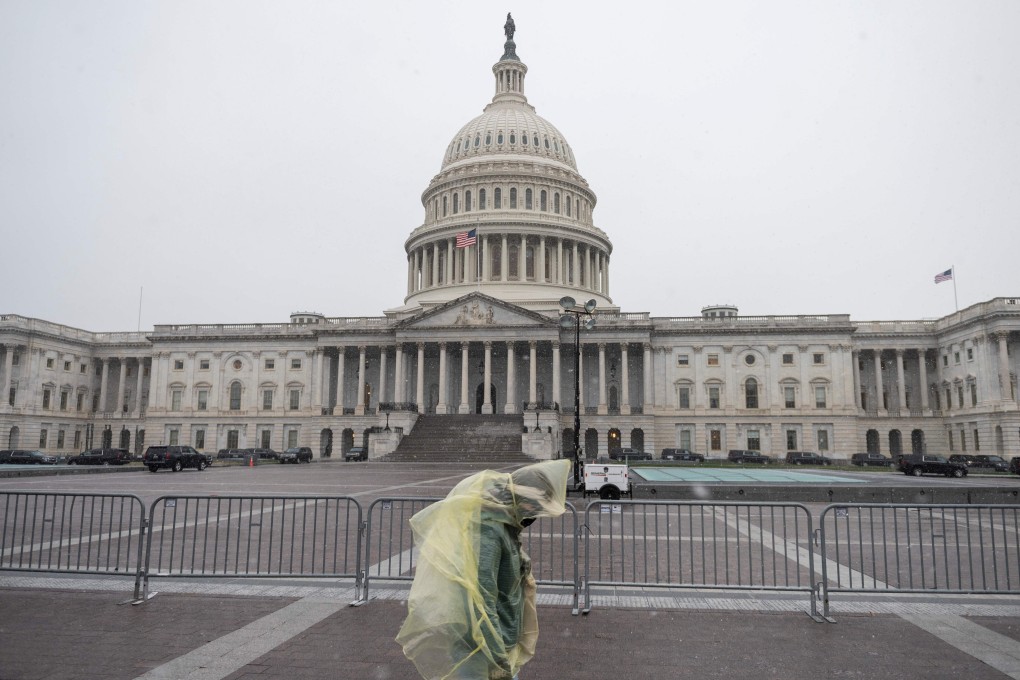Advertisement
Opinion | The coronavirus pandemic may cast a longer economic shadow on the US than policymakers think
- Mass vaccination does not provide immunity against longer-term economic damage. And research on major pandemics dating back to the 14th century suggests that Covid-19’s impact on the US economy is likely to be far-reaching and profound
Reading Time:4 minutes
Why you can trust SCMP
4

The outlook for economic and financial markets hinges on the interplay between two cycles – the Covid-19 cycle and the business cycle. Notwithstanding the true miracles of modern science that we are now witnessing, the post-pandemic economy is in need of more than just a vaccine.
Extraordinary damage was done by last spring’s lockdown. Now, a second and more horrific wave of the coronavirus is at hand – not dissimilar to the course of the 1918-20 influenza outbreak.
In the United States, the adverse economic repercussions are evident in mounting jobless claims in early December and a sharp decline in retail sales in November. With partial lockdowns now in place in about three-quarters of US states, a decline in economic activity in early 2021 seems likely.
Advertisement
The history of the US business cycle warned us of the possibility of a double dip. Eight of the last 11 recessions featured just such a pattern. Yet financial markets still made a big bet on a V-shaped recovery. Investors were lulled into a false sense of complacency by the dead-cat bounce of a 33 per cent annualised surge in real GDP in the third quarter.
But reopening after a sudden stop hardly qualifies as a self-sustaining economic recovery. It is more like a fatigued swimmer gasping for air after a deep dive.

02:26
Demand for free food rises in US as nation’s Covid-19 pandemic crisis deepens
Demand for free food rises in US as nation’s Covid-19 pandemic crisis deepens
The source of the coming economic relapse is hardly a surprise. It is the echo effect of the first wave of Covid-19. Despite extraordinary breakthroughs in vaccines, therapeutics and treatment protocols, the second wave is far worse than the first in terms of infection, hospitalisation and death rates.
Advertisement
Select Voice
Choose your listening speed
Get through articles 2x faster
1.25x
250 WPM
Slow
Average
Fast
1.25x
